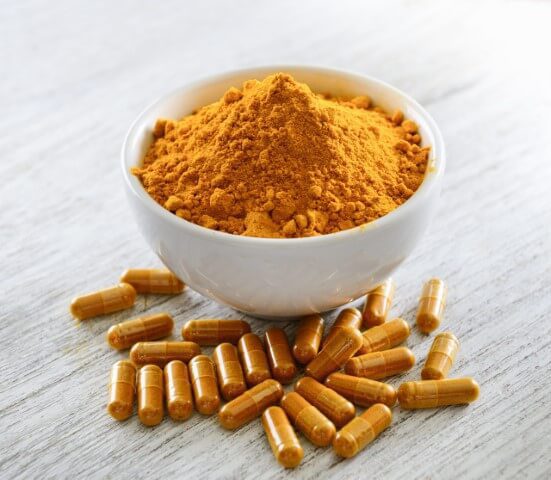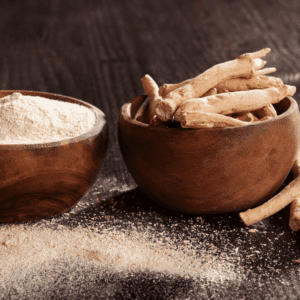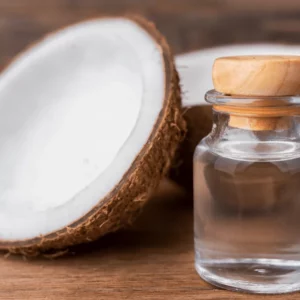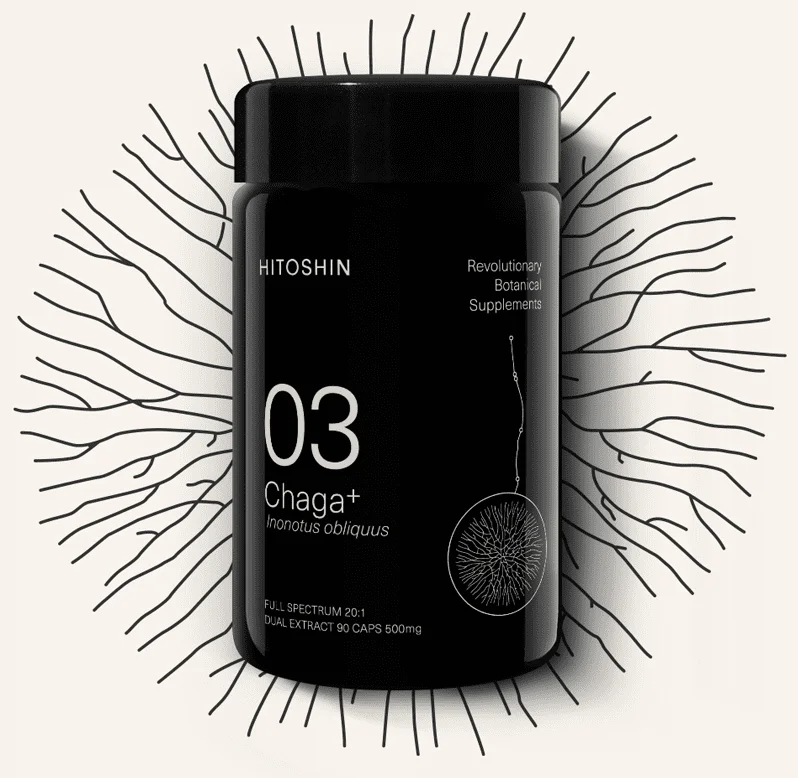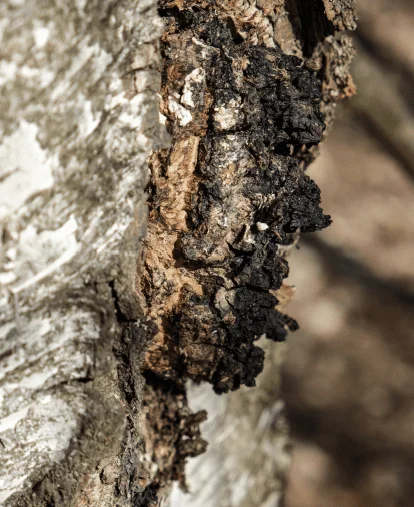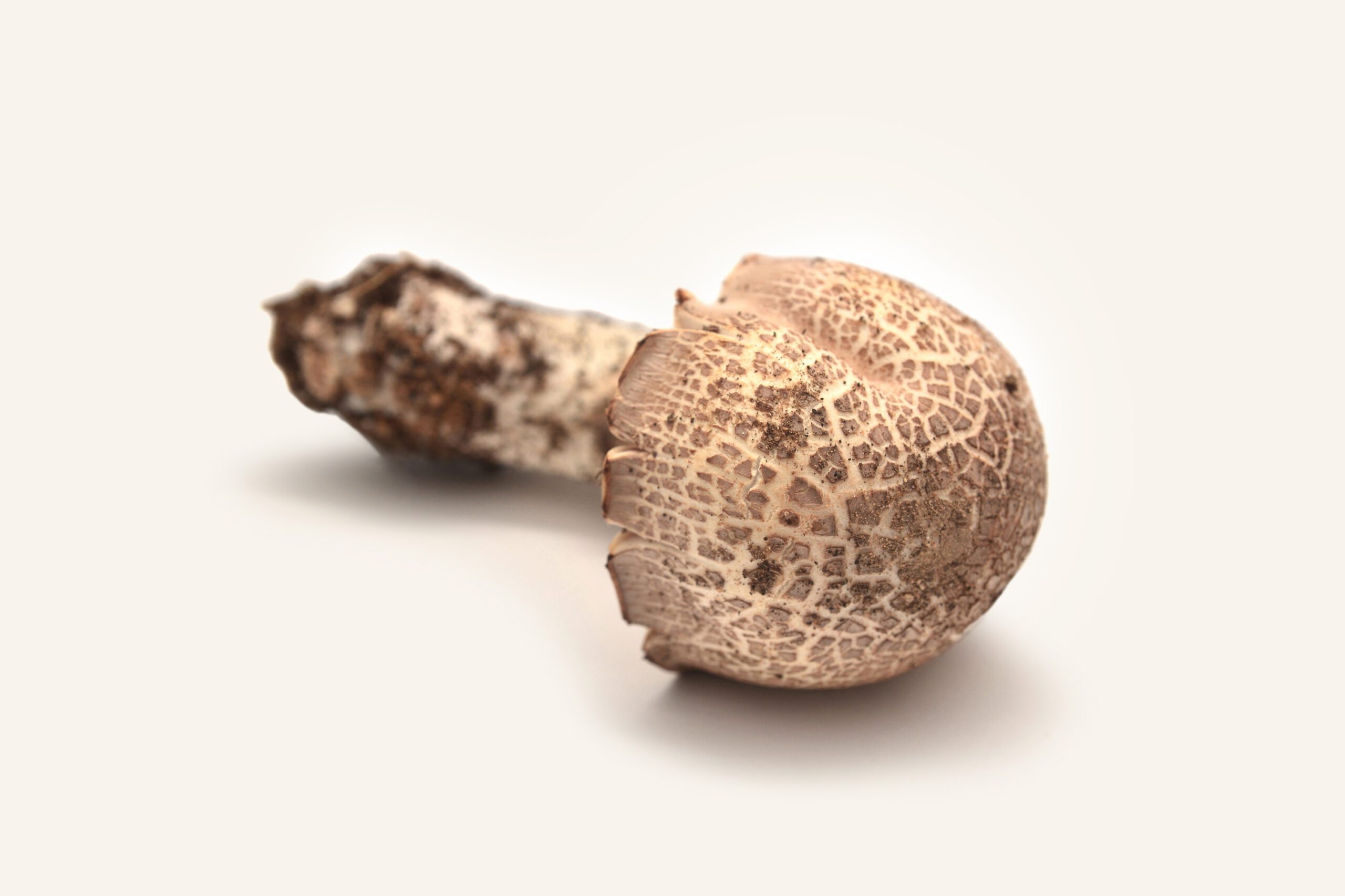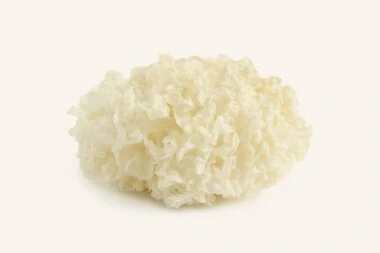Chaga Mushroom
How does Chaga mushroom grow?
Chaga mushroom is a parasitic fungus that forms a hard, black, irregularly-shaped mass called a conk on the trunks of birch trees. It penetrates the tree’s bark and absorbs nutrients from its host. Over time, the Chaga mushroom conk grows larger and becomes more noticeable. It can take anywhere from 5 to 20 years for a Chaga mushroom conk to reach a harvestable size. Once harvested, the Chaga mushroom can be used in various forms, such as teas, powders, and extracts.
How do you prepare and consume Chaga mushroom?
Chaga mushroom can be consumed in several ways, with the most common method being tea. To prepare Chaga tea, break the harvested Chaga into small chunks and grind them into a fine powder. Boil water and steep the Chaga powder for about 10-15 minutes. The resulting tea can be consumed on its own or mixed with other ingredients like honey or milk to enhance the flavor.
Chaga mushroom can also be found in pre-made powder or extract forms, which can be easily added to smoothies, coffee, or other beverages. Some people also incorporate Chaga mushroom into soups, broths, or stews for added flavour and potential benefits.
What is the taste of Chaga mushroom?
The taste of Chaga mushroom is often described as mild and earthy, with a slightly bitter undertone. When consumed as a tea, Chaga has a somewhat similar taste to coffee but with a more subtle flavor. Mixing Chaga with other ingredients, such as honey or cinnamon, can help to mask any bitterness and create a more enjoyable taste.


